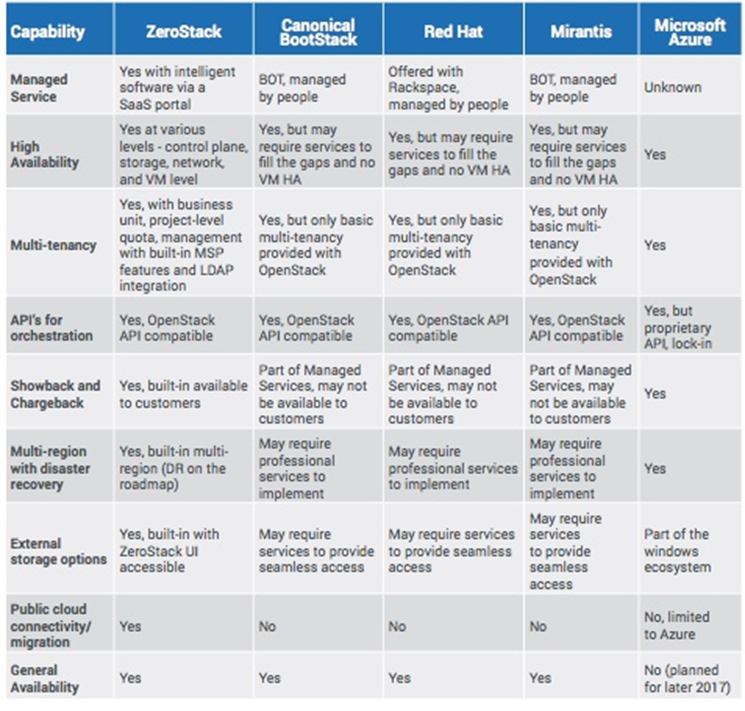Automation will free up people to do more creative tasks: Joel Norton, ZeroStack
Cloud computing has moved beyond just being a niche solution to the standard way of running IT in the enterprise. There seems to be a consistent dilemma among enterprises about which type of cloud to run: public, private, or hybrid. And given much of the momentum is around hybrid cloud today, US-based ZeroStack offers a turnkey, on-premises, scale-out cloud solution that does away with the deployment and management requirements that come with traditional private cloud platforms.
Joel Norton, Regional Manager for Asia South, ZeroStack, in an exclusive interview with Techseen, discusses how the company leverages machine learning to provide customers with a cloud
infrastructure that is self-monitoring and self-healing.

Techseen: What according to you is driving cloud computing adoption today? Alternatively, is anything inhibiting cloud adoption?
Norton: Digital Transformation is the latest trend in enterprise computing – using cloud and other advanced infrastructure solutions to fundamentally change the way companies do business. The battle is between on-premises/private cloud versus public/off-premises cloud. Enterprises need solutions that guarantee performance, latency, governance and low cost, and they want to build a self-service platform for their DevOps teams so they can provision their own resources and speed software development. People would rather consume than build, and customers want turnkey cloud solutions. The public cloud is a turnkey solution, but it may not need the performance, latency, governance and cost requirements. When it comes to private cloud, complexity is on the rise and many organizations cannot find, afford or maintain the staff needed to deploy a private cloud.Techseen: You have developed machine learning technology, Z-COS, to facilitate the monitoring and management of hybrid cloud computing environments. What does this entail and how can enterprises benefit from it?
Norton: ZeroStack’s Z-COS enables digital transformation by converting the on-premises server clusters into a private cloud infrastructure for the user and transforming the enterprise’s existing physical infrastructure into a hyper-converged scale-out system within minutes. Unlike competing solutions in the market that require specialized hardware to implement the cloud infrastructure, Z-COS enables customers to utilize existing on-premises servers or white box servers, along with storage and networks seamlessly, thereby reducing the deployment cost significantly and accelerating deployment time.Additionally, Z-COS provides a self-healing control system to ensure enterprises get the high availability they require for mission critical applications and services.
Techseen: Z-COS claims to reduce human intervention by creating self-driving on-premises cloud to handle management and operations. Do you think the rise of automation will lead to a dearth of jobs in the future?
Norton: No. Automation will handle the repetitive tasks and free up people to do more substantive, creative tasks. Customers know the most challenging aspect of maintaining a complex software stack is knowing when to patch, upgrade or change one element of the stack. Having intelligent software lead this process is not only a key employee time-saver, but it can ensure that there’s no downtime from software pieces conflicting and causing an outage.Techseen: How is ZeroStack different from the existing cloud players?
Norton: For this, refer to the table below:
